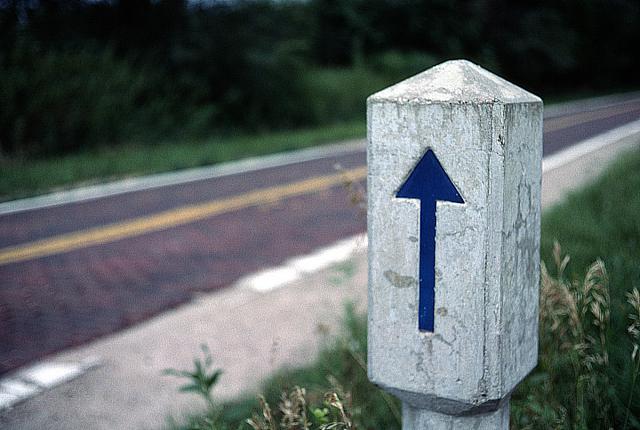CiggyTardust
Newbie
Hi all,
I am completely new to photography, film and rangefinders. I've been doing plenty of research about shooting with manual settings on my new (to me) Canonet QL-17 but I still have a few basic questions as I've never done this before.
The Canonet QL-17 comes with Automatic or Shutter Priority Mode which I understand will adjust the F-stop according to the ISO and shutter speed that I choose. Now as a beginner, I'm still learning what the best settings are for each situation, but from what I understand depth of field will change depending on the F stop... so if the camera is selecting the F stop for me in automatic mode, how can I have any control over the depth of field? I'd like to shoot a landscape, for example, and maybe later a portrait with the background more blurred... is there any way to have control over this in Shutter Priority mode? If I shoot in Shutter Priority, I don't want to get blurry landscapes on my very first roll, for example. Should I just avoid that and go totally manual?
Are there some basic all-around settings I can start with as I experiment and learn how to do this? Like, an optimal shutter speed/F stop for a few basic situations in overcast or sunny weather? I've been reading as much as I can but it's still the kind of thing that most people assume you already understand, either through digital photography or years of shooting film.
I'll be starting with ISO 400 film and shooting street photography, landscapes and portraits outside as I figure this all out.
Thanks for your help!
I am completely new to photography, film and rangefinders. I've been doing plenty of research about shooting with manual settings on my new (to me) Canonet QL-17 but I still have a few basic questions as I've never done this before.
The Canonet QL-17 comes with Automatic or Shutter Priority Mode which I understand will adjust the F-stop according to the ISO and shutter speed that I choose. Now as a beginner, I'm still learning what the best settings are for each situation, but from what I understand depth of field will change depending on the F stop... so if the camera is selecting the F stop for me in automatic mode, how can I have any control over the depth of field? I'd like to shoot a landscape, for example, and maybe later a portrait with the background more blurred... is there any way to have control over this in Shutter Priority mode? If I shoot in Shutter Priority, I don't want to get blurry landscapes on my very first roll, for example. Should I just avoid that and go totally manual?
Are there some basic all-around settings I can start with as I experiment and learn how to do this? Like, an optimal shutter speed/F stop for a few basic situations in overcast or sunny weather? I've been reading as much as I can but it's still the kind of thing that most people assume you already understand, either through digital photography or years of shooting film.
I'll be starting with ISO 400 film and shooting street photography, landscapes and portraits outside as I figure this all out.
Thanks for your help!


